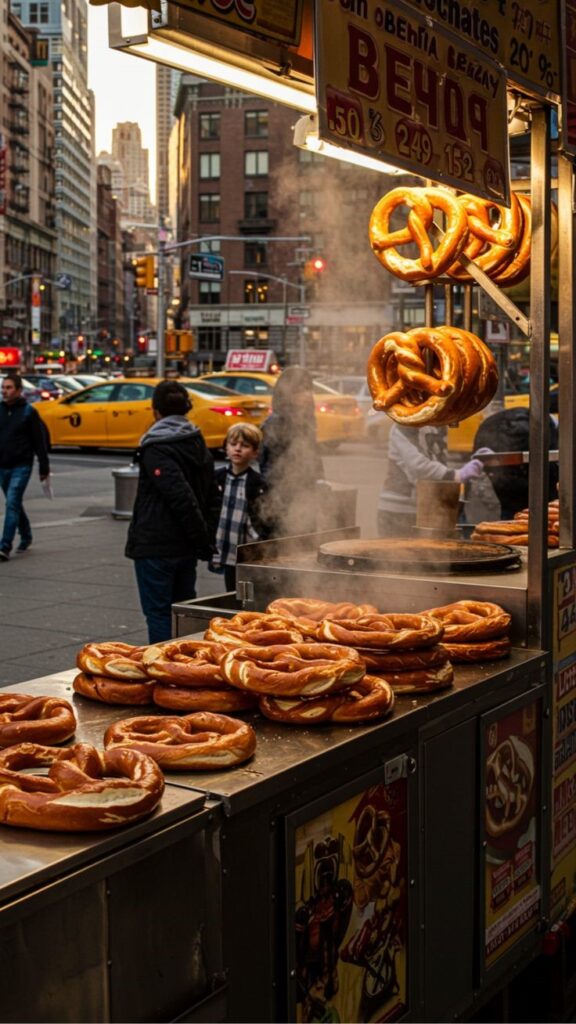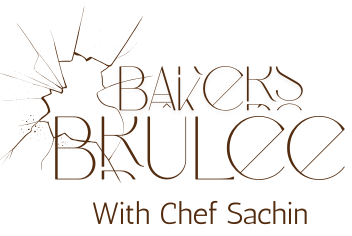A Prayer, A Pretzel, A Past
The pretzel, with its unique looped and knotted shape, is more than just a baked snack — it’s a symbol deeply intertwined with history, religion, and culture. While many associate it with Germany, the origins of the pretzel are far older and more complex.
The most widely accepted account traces the pretzel back to 610 A.D., when an Italian monk in Northern Italy is said to have created it as a way to reward children for learning their prayers. He used simple ingredients like flour, water, and salt — appropriate for the Lenten season when richer foods were forbidden — and shaped the dough into a form that mimicked a child’s arms crossed over their chest in prayer. This distinctive twist, known today across the world, was far more than a visual detail. The three empty spaces created by the loops were said to represent the Christian Holy Trinity: the Father, the Son, and the Holy Spirit.
From Religious Symbol to Cultural Tradition and Good Luck Charm
The shape quickly became symbolic of devotion and humility, and its religious significance helped it spread through Christian Europe. During Lent, Christians ate these simple pretzels in place of richer breads. In 15th-century Germany, pretzels were paired with hard-boiled eggs on Good Friday. The large loops of the pretzel were said to represent eternal life, while the eggs symbolized rebirth — a deeply spiritual combination for a day of reflection and fasting.
In time, pretzels became part of various Christian and cultural traditions. On Easter morning, children would hunt not for eggs, but for pretzels hidden around the house or barn. In some regions, they were worn around children’s necks on New Year’s Day as symbols of good fortune.
The Pretzel’s Lasting Influence
Other stories of the pretzel’s origins suggest different beginnings — including one in a Southern French monastery and another in Germany, where desperate bakers, held hostage by officials, supposedly invented the brezel as a peace offering.

In Vienna, a 1510 tale tells of pretzel bakers working late into the night who overheard Turkish invaders tunnelling beneath the city. Their alert saved Vienna, and in gratitude, the Austrian emperor honoured them with a coat of arms bearing the twisted pretzel — once again highlighting the shape’s cultural significance. By the 12th century, German pretzel bakers were already incorporating the shape into their professional identity. The pretzel appeared in baker’s guild emblems and was passed on as a symbol of craftsmanship.
From Old World Charm to American Staple
In Southern Germany, where pretzels became a staple food, the dough twist took on additional meanings. It became a good luck charm at weddings, where couples would each pull on a side of a large pretzel — a custom thought to have inspired the phrase “tying the knot.” Whoever ended up with the larger piece was believed to have their wishes fulfilled.
When Swiss-German immigrants came to Pennsylvania in the 1700s, they brought the pretzel with them. Known as the Pennsylvania Dutch, they introduced their distinctive baking style to the American public, and pretzels soon became a local favourite. In 1850, a baker named Julius Sturgis welcomed a traveling man with a warm meal. In exchange, the man gave him a recipe for hard pretzels — a crispier version of the traditional soft snack that could stay fresh longer. By 1861, Sturgis opened America’s first commercial pretzel bakery.
Another story of the hard pretzel’s creation tells of a baker’s apprentice who fell asleep while baking soft pretzels. When he awoke, the fire had died down. To fix it, he overbaked them — and though his master thought they were ruined, the crunchier, long-lasting result was surprisingly popular.
As pretzels spread across the U.S., the iconic twist remained central, even as bakers introduced new shapes like sticks, braids, and letters. In 1949, the first automated pretzel machine allowed for mass production, and by the 20th century, pretzels were a staple of American street food culture.
Today, Pennsylvania produces 80% of the country’s pretzels, contributing to a $1.2 billion industry. In recognition of the snack’s cultural and economic importance, April 26 was declared National Pretzel Day in 2003.
From ancient monasteries to modern bakeries, the enduring power of the pretzel lies in its shape — a simple, sacred twist that has carried meaning, luck, and flavour across centuries.
~ Narrated by Mehek Rungta
